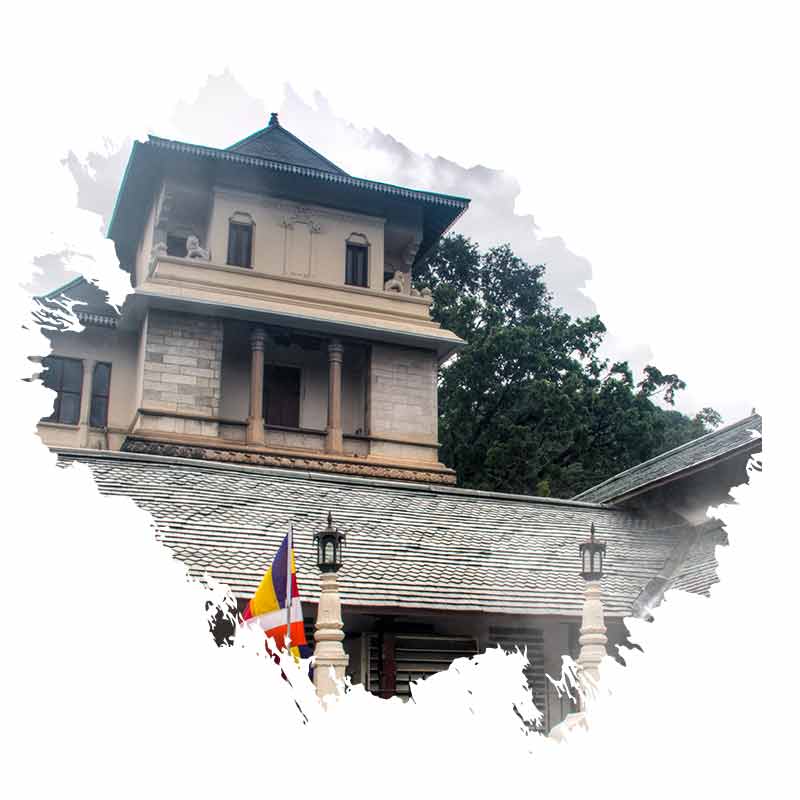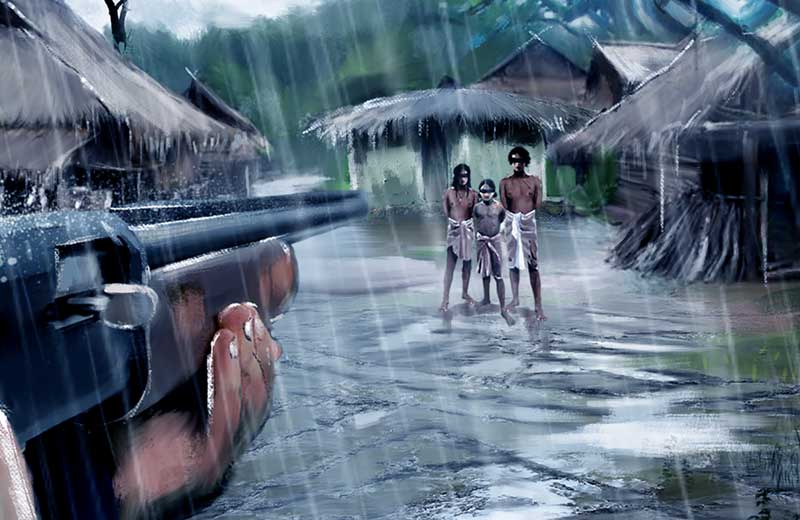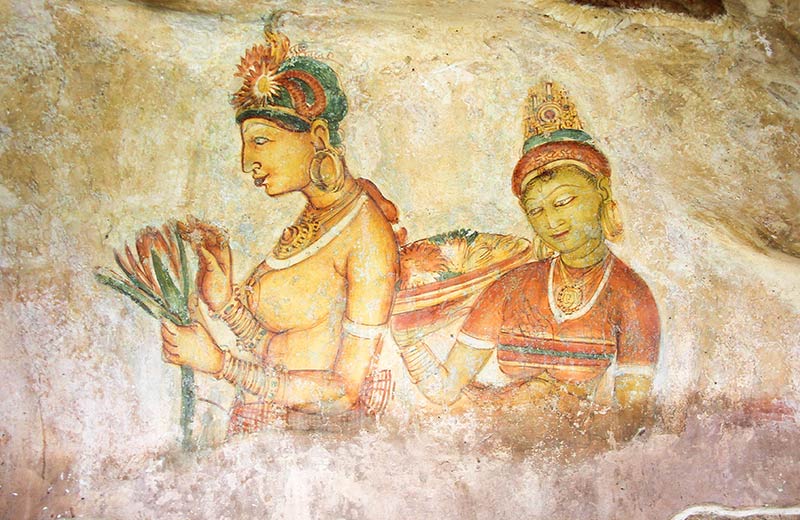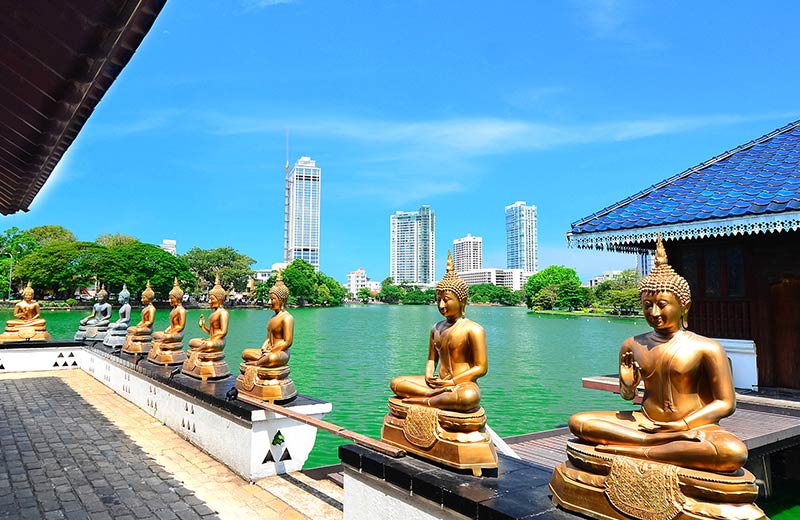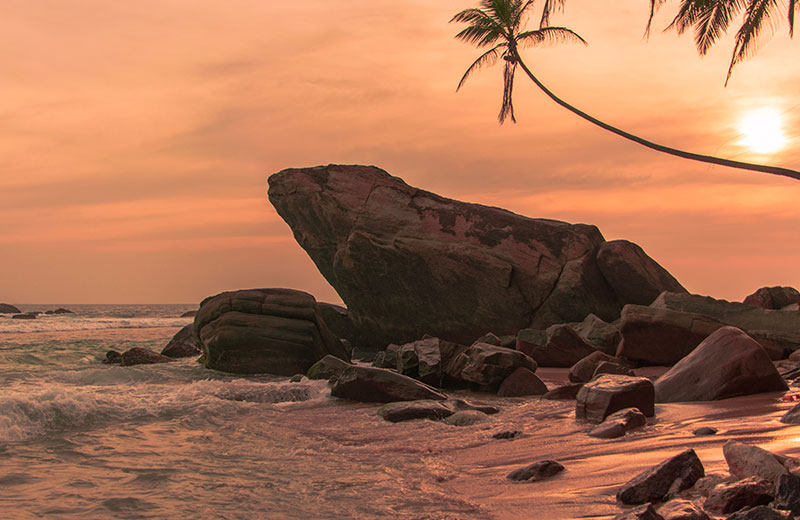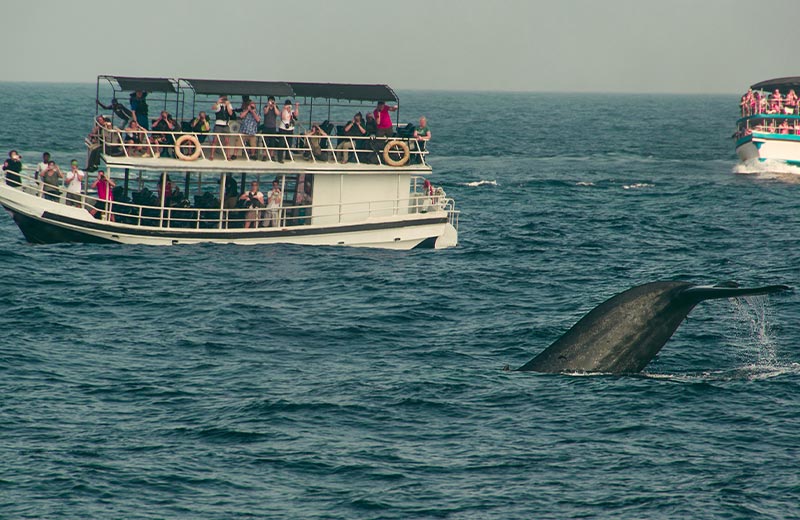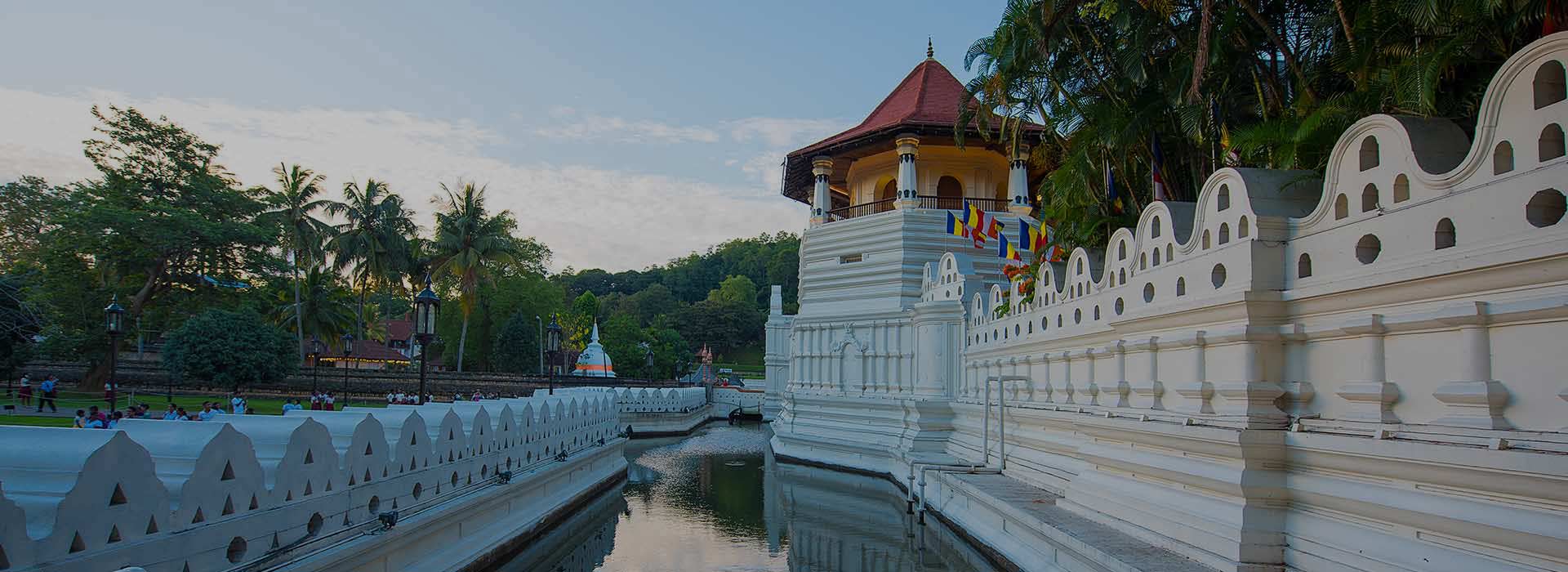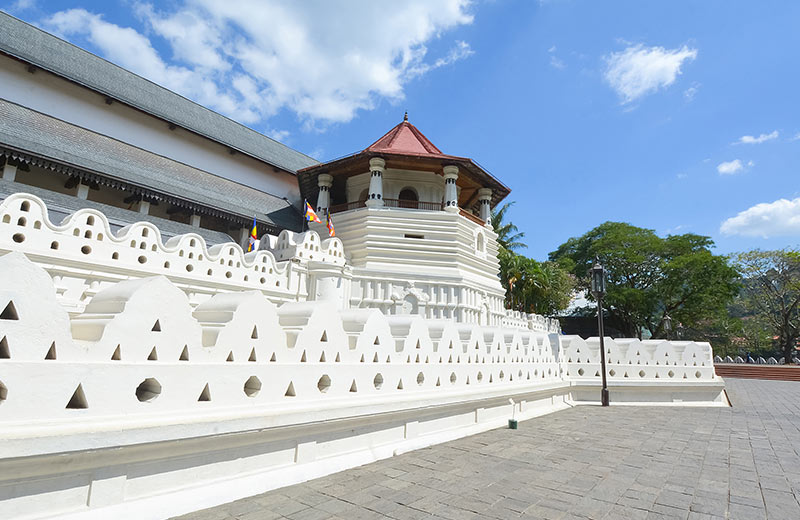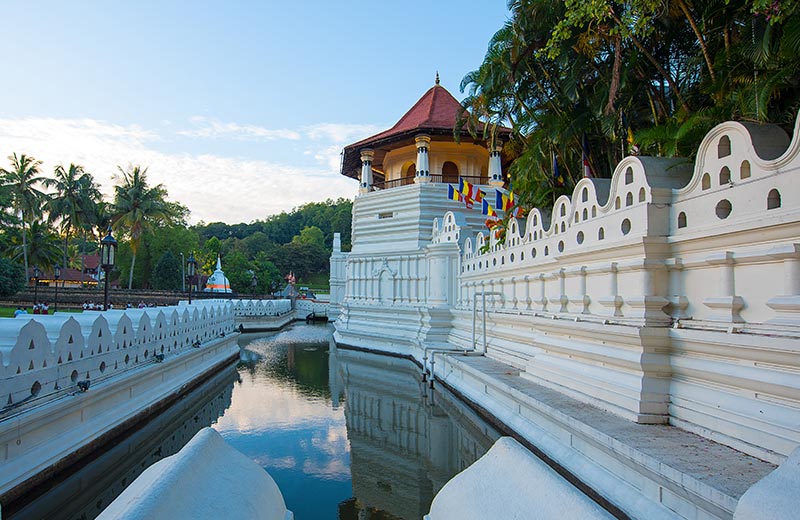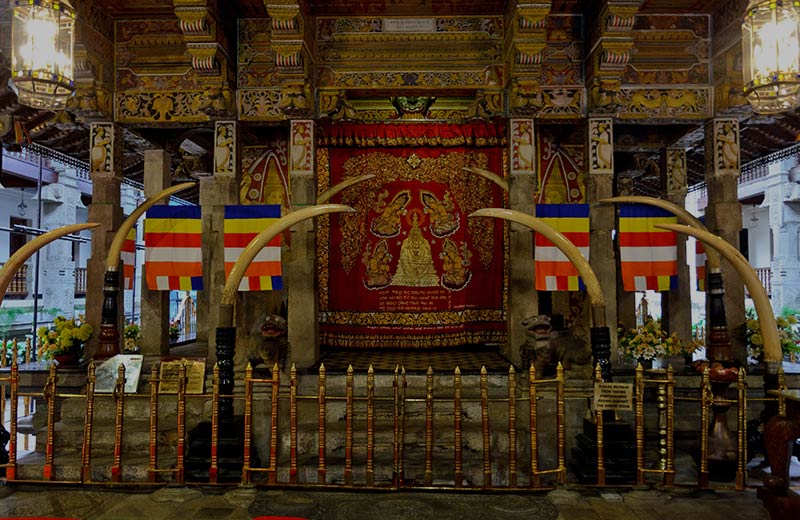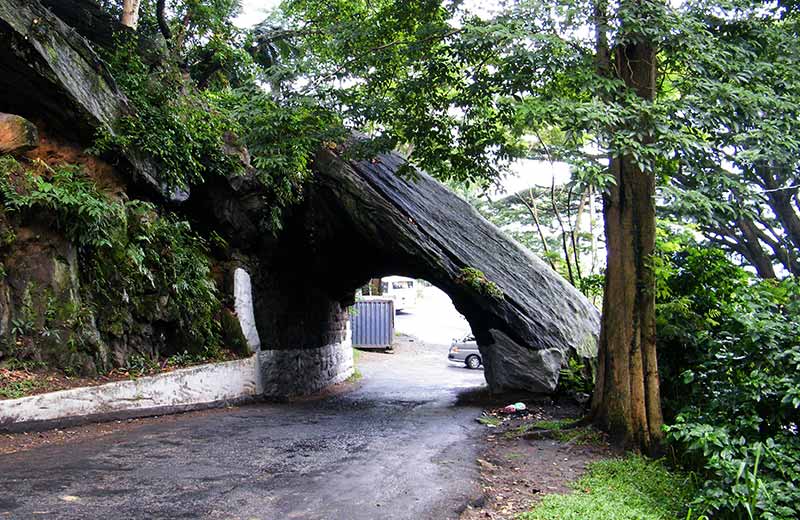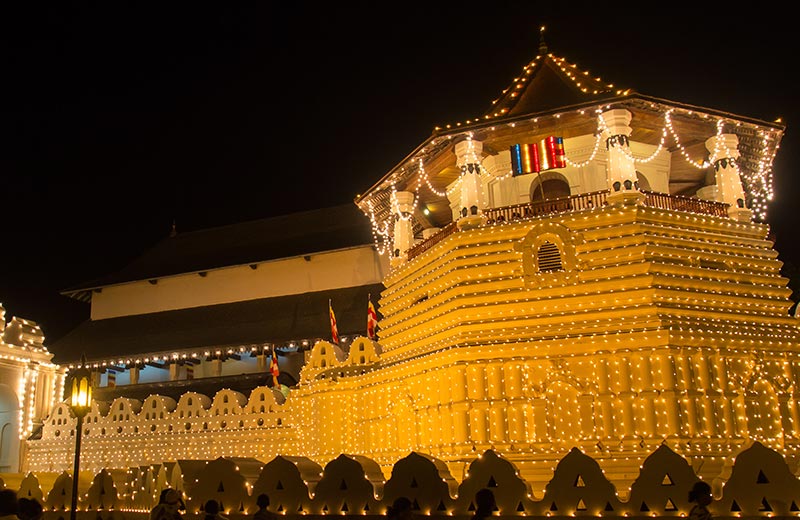Portuguese & Dutch Influence
Senarat succeeded King Wimaladharmasuriya and signed a treaty with the Portuguese in 1617. This resulted in Kandy having to recognize Portuguese rule on the coast of the island, to pay tribute to the colonizers and to agree not to admit Portuguese enemies into the territory. In return, the Portuguese recognized Kandy as an independent kingdom.
Senarat was succeeded by his son Rajasinghe II in 1635. Rajasinghe II was adamant to expel Portuguese influence from the island. However, he needed the assistance of the Dutch to drive them out. This assistance came at great cost, as the king had to not only pay the Dutch for costs incurred in driving out the Portuguese, but he also had to give the Dutch East India Company (VOC) a monopoly of the spice trade. Rajasinghe II and the Dutch had a very shaky relationship based on betrayal and revenge.
Wimaladharmasuriya II succeeded his father and tried to end the Dutch trade monopoly. However, his attempts proved unfruitful and the Kandyan Kingdom suffered great losses due to the VOC controlling trade. His son ascended the Kandyan throne in 1707 as Veera Parakrama Narendrasinghe.
As the king had no children of his own, he appointed his Indian Nayakkar Queen’s younger brother as his heir. As such, Veera Parakrama Narendrasinghe was the last Sinhala king of Sri Lanka. The Dutch anticipated instability in the Kandyan Kingdom upon the passing away of the biologically heirless king. However, the transition to the non-Sinhalese Nayakkar dynasty was rather peaceful and failed to give the Dutch their much anticipated foot in.
Hostilities between the Nayakkar kings and the Dutch continued, with the latter launching more invasions on the kingdom. The relationship between the Nayakkar dynasty and the people of Kandy was tense, with the monarchs having to quell a number of internal rebellions. The Kandyans were forced to sign a treaty with the Dutch in 1766, due to famine conditions which plagued the kingdom. Thereafter, Kandy was completely land locked and had no control over foreign trade, further weakening the kingdom.
British Influence
At this time the British Crown was slowly gaining ground in the region, partly thanks to the Napoleonic Wars. Many of the lands controlled by the VOC in Ceylon and in the region, fell into the hands of the British East India Company (EIC). Great Britain began its occupation of Ceylon in 1796, settling in the coastal areas of the island with very little resistance. The entire island, except the Kingdom of Kandy, became a British crown colony in 1798. The Treaty of Amiens, signed in 1802, formally ceded complete control of Dutch occupied Ceylon to Great Britain. In 1803, the British made an unsuccessful attempt at invading the Kingdom of Kandy in what was to become known as the First Kandyan War. The tensions between the ruling Nayak king Sri Wickrama Rajasinghe and the Kandyan nobility grew stronger, with the latter even considering British rule to be preferable to the volatile Nayak king.
Ehelepola Nilame, a Sinhala noble, was appointed Maha Adikaram in 1811, making him second in power to the king. However, Ehelepola soon fell out of favour with the increasingly suspicious Sri Wickrama Rajasinghe. The king summoned the Sinhala noble who refused to call over at the court. The enraged king dispatched another noble to capture Ehelepola and bring him back to the kingdom, but Ehelepola defected to the British forces in a bid to avoid the wrath of the king. In retaliation, the king brutally executed Ehelepola’s family, beheading his two sons, pounding his infant son to death and drowning his wife and daughters in the newly built Kandy Lake. Following these brutal executions, the king lost all support of the people of Kandy and riots soon began, prompting King Sri Wickrama Rajasinghe to flee to Hanguranketha.
British Invasion of Kandy
Learning of the cruel fate of his family, a distraught Ehelepola supported the British invasion of Kandy in 1815, now known as the Second Kandyan War. The British forces entered the city with no resistance, leading to the signing of the Kandyan Convention between the British and the chiefs of the Kandy Kingdom. The convention resulted in deposing Sri Wickrama Rajasinghe, relinquishing rule of the territory to the British. This marked the end of over 2,000 years of self-rule on the island of Sri Lanka.
Kandyan Uprising
The Third Kandyan War began with an uprising in 1817 against the British, whom the Kandyans realized were not much better than the deposed Nayakkar king. The British dispatched Keppetipola Disawe, a Sinhala nobleman serving the Crown, to suppress the uprising. However, Keppetipola switched sides and joined the rebels, becoming the leader of the Uva–Wellassa rebellion. Although the rebellion was ultimately unsuccessful and Keppetipola was captured and beheaded, he became a national hero and is honoured to this day for fighting against foreign rule.
None of the subsequent attempts at rebellions by the locals posed much threat to British rule in the central highlands. In a further attempt to break the morale of the Kandyan people, the British built the Colombo Kandy road piercing the rock in Kadugannawa, instead of blasting through it or bypassing it. The Kadugannawa Pass is believed to be a fulfillment of the ancient prophecy, giving complete control of the kingdom to the British.
